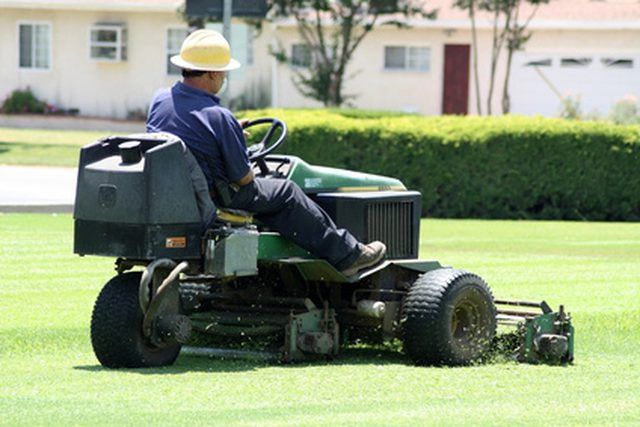Bulbs
Flower Basics
Flower Beds & Specialty Gardens
Flower Garden
Garden Furniture
Garden Gnomes
Garden Seeds
Garden Sheds
Garden Statues
Garden Tools & Supplies
Gardening Basics
Green & Organic
Groundcovers & Vines
Growing Annuals
Growing Basil
Growing Beans
Growing Berries
Growing Blueberries
Growing Cactus
Growing Corn
Growing Cotton
Growing Edibles
Growing Flowers
Growing Garlic
Growing Grapes
Growing Grass
Growing Herbs
Growing Jasmine
Growing Mint
Growing Mushrooms
Orchids
Growing Peanuts
Growing Perennials
Growing Plants
Growing Rosemary
Growing Roses
Growing Strawberries
Growing Sunflowers
Growing Thyme
Growing Tomatoes
Growing Tulips
Growing Vegetables
Herb Basics
Herb Garden
Indoor Growing
Landscaping Basics
Landscaping Patios
Landscaping Plants
Landscaping Shrubs
Landscaping Trees
Landscaping Walks & Pathways
Lawn Basics
Lawn Maintenance
Lawn Mowers
Lawn Ornaments
Lawn Planting
Lawn Tools
Outdoor Growing
Overall Landscape Planning
Pests, Weeds & Problems
Plant Basics
Rock Garden
Rose Garden
Shrubs
Soil
Specialty Gardens
Trees
Vegetable Garden
Yard Maintenance
How to Replace a Starter Solenoid on a Lawn Mower
How to Replace a Starter Solenoid on a Lawn Mower. Starter solenoids are electrical devices that act as electronic switches. On lawn mowers, solenoids are part of the electrical system related to the electric starter. As the key is turned, it sends an electrical current through the wiring, which activates the solenoid. The solenoid parts then react...

Starter solenoids are electrical devices that act as electronic switches. On lawn mowers, solenoids are part of the electrical system related to the electric starter. As the key is turned, it sends an electrical current through the wiring, which activates the solenoid. The solenoid parts then react to the current by switching to complete the circuit causing the starter motor to engage. If the starter solenoid fails, the lawn mower engine will not start. While replacing a solenoid may sound like a complicated task, anyone with the proper tools can complete the job.
Things You'll Need
Wrench
Ratchet
Socket
Solenoid
Gloves
Select a new starter solenoid by visiting the original manufacturer or a lawn mower supply store. Write down the brand, model number and serial number of your lawn mower to find the appropriate solenoid part. Remove the solenoid first, alternatively, and take it with you to match the part.
Remove the key from the lawn mower's ignition. Locate the battery on the lawn mower by raising the hood or seat. Locate the negative side of the battery, which is the side with the black cable and/or minus symbol. Remove the negative battery cable using a ratchet or wrench. Turn the bolts counterclockwise to remove them. Remove the positive cable as well to prevent electrical shock.
Locate the starter solenoid on the lawn mower's engine or frame assembly. Find it by tracing the large red positive terminal wire leaving the battery, as this often connects directly to the starter solenoid. Remove the positive battery wire from the solenoid by turning the bolts counterclockwise. Remove the wire on the opposite side of the solenoid as well, which connects to the starter motor.
Remove the small wires or wire harnesses connected to the solenoid by gently pulling them. Remove clip wire harnesses by lifting the small retainer clip with a screwdriver or knife, and then pull it from the solenoid.
Remove the solenoid mounting bolts by turning the wrench or ratchet tool counterclockwise. Keep all bolts and screws in a safe location for re-assembly. Remove the solenoid from the lawnmower when all screws and wires are disconnected.
Mount the new solenoid to the lawn mower by turning the mounting bolts in a clockwise direction. Connect the starter motor wire and the positive battery terminal wire to the solenoid, and tighten the bolts. Connect the wiring harness or small wires by pushing the harness onto the metal electrical connectors on the solenoid.
Attach the positive battery cable to the positive side of the battery terminal. Connect the negative battery cable to the negative battery terminal. Tighten the bolts by turning them in a clockwise direction. Insert the key into the ignition, and crank the lawn mower to test the installation.
Tips & Warnings
Wear gloves to protect your hands from dirt or scrapes.
Always remove the negative battery terminal first to reduce shock risks.